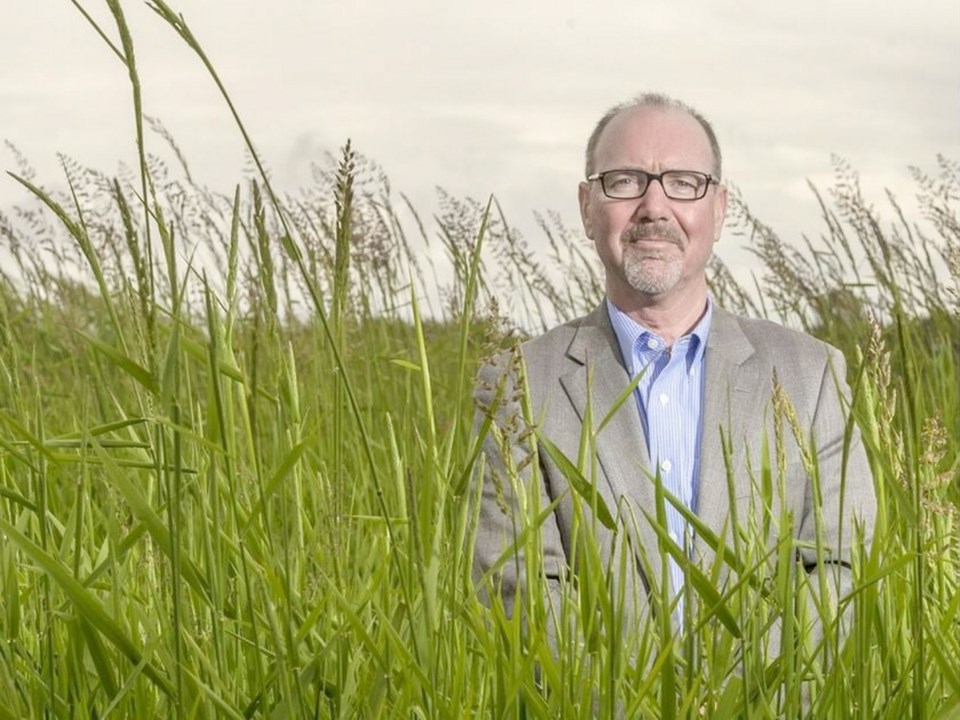Tough new rules that eliminate non-farmer ownership of land in the Agricultural Land Reserve will be needed to bring idle land into production, according to Kent Mullinix, director of the Institute for Sustainable Food Systems at Kwantlen Polytechnic University.
Thousands of homes have been built on land reserved for farming, due to a “colossal policy failure over decades,” he said.
But stopping the erosion of farmland being populated with “monster homes” ranging up to 23,000 square feet is not going to be easy.
About 75 per cent of smaller lots — in the range of two hectares (five acres) — in the ALR are not farmed, according to the Metro Vancouver Agricultural Land Use Inventory. Only half of ALR land in the region is actively farmed, roughly 34,147 hectares (85,000 acres).
Agriculture Minister Lana Popham plans to announce a far-reaching revitalization of the rules that govern the ALR and activating small parcels is on her to-do list.
“We will absolutely be tackling that,” said Popham. ” We can’t keep chipping it away, because we aren’t going to have an opportunity to get young farmers onto the land.”
Ending real estate speculation on farmland is essential to preserving B.C.’s best agricultural land, she said.
“Any successful application to exclude land from the ALR for housing puts even more (price) pressure on ALR land and it’s thought of as a land bank for development rather than a land bank for food production,” she said.
The Agricultural Land Reserve was created in 1974 to preserve prime agricultural land for farming and future food production.
Mullinix wants to see every excuse for not farming ALR land removed.
“First, eliminate all tax incentive for owning and not farming this land,” he said. “Property tax exemption must be much more stringent … and school tax exemption for non-farmed land owners eliminated.”
ALR owners must be trained and practicing farmers, or have bona fide intention to farm, he said.
Small parcels — even those with homes on them — can be used by small-scale producers.
Promoting “small-scale alternate market food systems” and investing in infrastructure for processing, storage and distribution can help connect farmers to major markets, said Mullinix.
Popham is committed to creating opportunities for young farmers to get into the business.
“We’ve saved that land for the future and now people are really interested in food production again, especially new farmers and young farmers,” she said.



